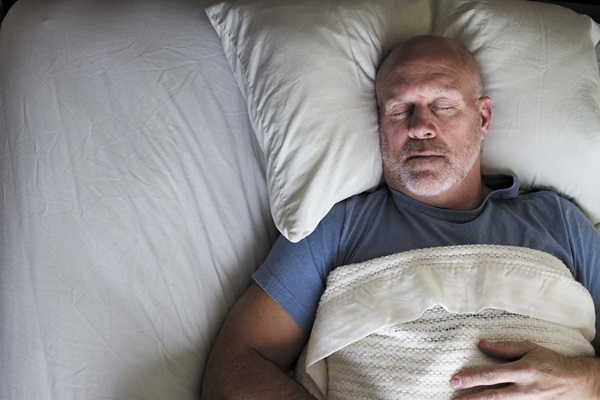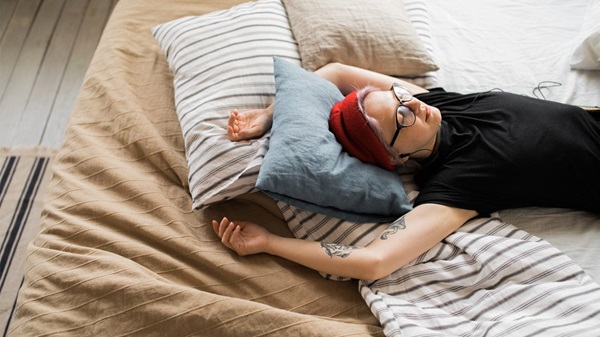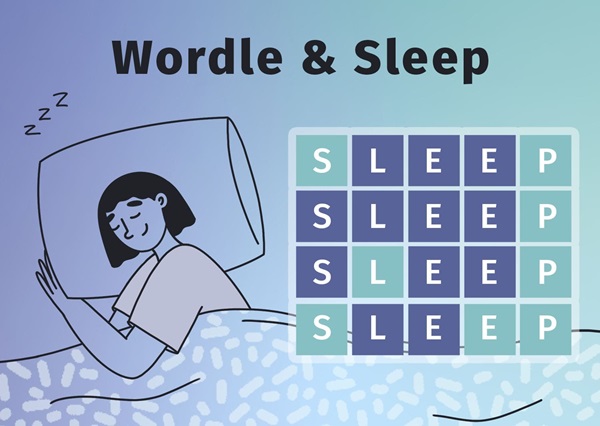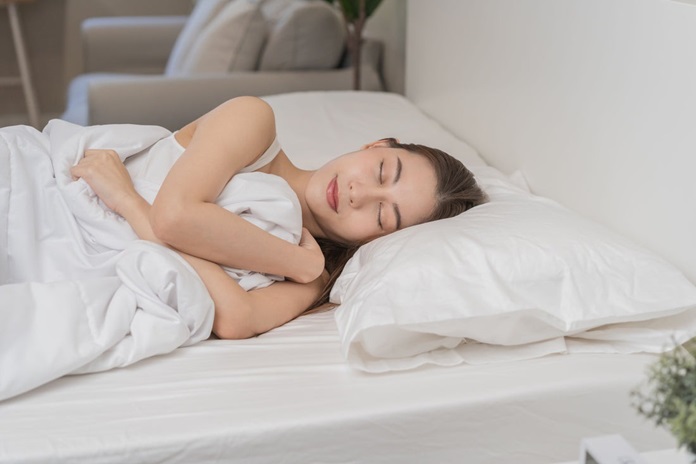Sleep is crucial for overall health and well-being, yet many people are struggling to get a good night’s rest. Various factors such as stress, anxiety, or simply an inability to unwind, the inability to fall asleep can be frustrating and impact our daily lives.
If you’re having trouble falling asleep and unable to rest, don’t worry, you’re not alone. The good news is that there are several techniques you can try to help improve your sleep quality. In this article, we’ll discuss eight effective strategies that can help you overcome sleepless nights and wake up feeling refreshed.
Regulated Breathing
You can relax your body by engaging in slow, deep breaths.

- Position one hand on your abdomen and the other on your chest.
- Inhale slowly, focusing on drawing your breath deep into your stomach. Notice the hand on your abdomen rising while the one on your chest remains relatively still.
- Exhale gently, allowing the hand on your abdomen to lower gradually. Repeat this practice multiple times until you feel prepared for sleep or ready to move on to another relaxation technique.
The Military Method
The military method is the best method to fall asleep anywhere, anytime. This technique was developed to assist service members in falling asleep during challenging or high-stress situations, by teaching them to quickly relax their body and mind.

- Begin by relaxing your face, starting at your forehead and gently moving down to your jaw.
- Allow your shoulders and arms to loosen, allowing them to rest by your sides.
- Take a deep breath slowly and then gradually exhale.
- Relax your legs, starting from your hips and thighs and gradually progressing down to the tips of your toes.
- Close your eyes and visualize a peaceful scene. Repeat a simple t a simple phrase in your mind, like “Be still” if your mind gets distracted.
Progressive Muscle Relaxation (PMR)
Progressive muscle relaxation is a method that involves purposefully tensing and relaxing specific muscle groups which can help you in the identification and alleviation of bodily tension.

- Start by sitting or lying down in a comfortable position, and focus on your breath.
- Clench your fists as you slowly inhale, noticing to the sensations that arise with muscle contraction.
- Exhale gently, relax your hands completely and notice tension dissipate from your muscles.
- Continue this process, tensing during inhalation and releasing during exhalation, for various muscle groups throughout your body.
Autogenic Training
Autogenic training is a relaxation method that employs self-hypnosis to facilitate sleep. It involves the repetition of phrases aimed at directing attention towards relaxing sensations in various parts of the body.

To practice autogenic training, recline in bed with closed eyes and recite sets of six to ten phrases, focusing on the following sensations:
- “My arms and legs are warm and comfortable.”
- “My arms and legs feel heavy and relaxed.”
- “My heartbeat is slow and steady, soothing me into sleep.”
- “I breathe slowly, calmly, and evenly, bringing peace to my body.”
- “My belly is soft, warm, and at ease.”
- “A pleasant coolness spreads across my forehead, inviting relaxation.”
Also read, “Sleep and Exercise: The Surprising Link Between Physical Activity and Quality Rest”
Imagery
Imagery which is also known as visualization is a method that involves visualizing peaceful or comforting scenes that promote the body to relax. You can practice this method by imagining on your own or with the aid of guided imagery exercises available online or through various apps.

- Start by finding a comfortable position and gently closing your eyes. Take a few moments to engage in controlled breathing.
- Visualize yourself within a serene that helps you to feel calming and relaxing, such as on a beach.
- Imagine as many pleasant details as you can and notice any sensations of relaxation that manifest within your body.
Body Scan Meditation
Many people use meditation to invite calm and promote mental and physical well-being.
Many individuals use meditation techniques to cultivate a sense of tranquility and enhance both mental and physical well-being. Body scans are a type of meditation wherein the focus is directed toward various body parts without judging the sensations that arise.

- Start by dedicating a few moments to practicing regulated breathing.
- Direct your attention to the sensations present in your feet, abstaining from categorizing them as good or bad.
- Take deep breaths and visualize the breath journeying down to your feet. Upon exhaling, allow your awareness of the feet to dissolve, then redirect your focus to your ankles and calves.
- Gradually progress your attention upwards until you encompass your entire head.
- Finish the meditation by becoming aware of your body as a unified whole while continuing to breathe deeply.
Play Wordplay Game
Playing a word game can aid in relaxation by diverting attention from stress-inducing thoughts. Games that involve repetitive tasks are also likely to make you feel sleepy. The following word games are developed by cognitive scientist Luc Beaudoin to help people sleep.

- Pick a neutral word of at least five letters, avoiding repetitions, such as “dream.”
- Generate as many words as possible starting with the initial letter of your chosen word. For instance, using “dream,” you might list “dog,” “duck,” “donut,” or “dimples.”
- Visualize each word on your list.
- Repeat this process for each letter in the word. If drowsiness ensues during the game, allow yourself to drift off to sleep.
Dr. Andrew Weil’s 4-7-8 Breathing Technique
Dr. Andrew Weil developed the 4-7-8 breathing technique to soothe the nervous system and induce relaxation. This technique of breath control involves a specific rhythmic pattern of inhaling, holding the breath, and exhaling.

- Start by closing your eyes and positioning the tip of your tongue on the roof of your mouth, just behind your front teeth. Maintain this tongue position throughout the exercise.
- Close your mouth and inhale through your nose, silently counting to four in your mind.
- Hold your breath for a count of seven.
- Open your mouth and release your breath as you count to eight. Allow the breath to exit in a gentle whooshing sound.
- Repeat this process two to three more times, ensuring that each breath follows the 4-7-8 ratio precisely.
You may also like to read, Sleep and Weight Management: How Lack of Sleep Affects Metabolism
